Supportive Regulatory Environment
Germany's regulatory framework is fostering growth in the live cell-imaging market. The government has implemented policies that encourage innovation and streamline the approval processes for new imaging technologies. This supportive environment is crucial for companies aiming to introduce novel products and services. Furthermore, funding initiatives aimed at enhancing research capabilities in life sciences are likely to bolster the market. With an estimated increase in public and private funding by 15% in the next few years, the live cell-imaging market is expected to benefit significantly. This regulatory support not only enhances the market's attractiveness but also encourages collaboration between academia and industry, driving further advancements.
Increased Focus on Drug Development
The live cell-imaging market is witnessing a surge in demand due to the heightened focus on drug development in Germany. Pharmaceutical companies are increasingly utilizing live cell imaging to monitor cellular responses to drug candidates in real-time. This approach allows for more efficient screening processes and better understanding of drug mechanisms. The market is projected to reach a valuation of €500 million by 2026, driven by the need for innovative solutions in drug discovery. As the pharmaceutical sector continues to prioritize personalized medicine, the live cell-imaging market is likely to play a pivotal role in facilitating the development of targeted therapies.
Growing Academic Research Initiatives
Academic institutions in Germany are ramping up their research initiatives, significantly impacting the live cell-imaging market. With an increase in research grants and collaborative projects, universities are investing in advanced imaging technologies to support their studies. This trend is evident in the rise of interdisciplinary research programs that integrate live cell imaging with other scientific fields. The influx of funding, estimated to grow by 20% in the next few years, is likely to enhance the capabilities of research facilities. Consequently, the live cell-imaging market is expected to thrive as academic institutions seek to leverage cutting-edge technologies for groundbreaking discoveries.
Emerging Applications in Regenerative Medicine
The live cell-imaging market is expanding due to emerging applications in regenerative medicine. Researchers are increasingly utilizing live cell imaging to study stem cell behavior and tissue regeneration processes. This innovative approach allows for real-time observation of cellular dynamics, which is essential for developing effective regenerative therapies. The market is anticipated to grow as the demand for regenerative medicine solutions rises, with projections indicating a potential market size increase of 30% by 2027. As the field evolves, the live cell-imaging market is likely to become integral to advancements in tissue engineering and cellular therapies.
Rising Adoption of Advanced Imaging Techniques
The live cell-imaging market in Germany is experiencing a notable increase in the adoption of advanced imaging techniques. Researchers and laboratories are increasingly utilizing high-resolution imaging modalities, such as fluorescence and phase-contrast microscopy, to enhance their experimental outcomes. This trend is driven by the need for precise cellular analysis, which is crucial for understanding complex biological processes. The market is projected to grow at a CAGR of approximately 8% over the next five years, reflecting the growing reliance on sophisticated imaging technologies. As institutions invest in state-of-the-art equipment, the live cell-imaging market is likely to expand, catering to diverse applications in cell biology, drug discovery, and regenerative medicine.


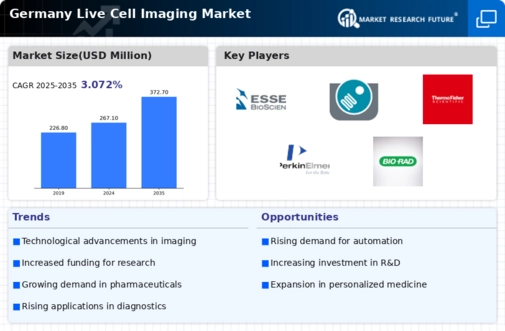
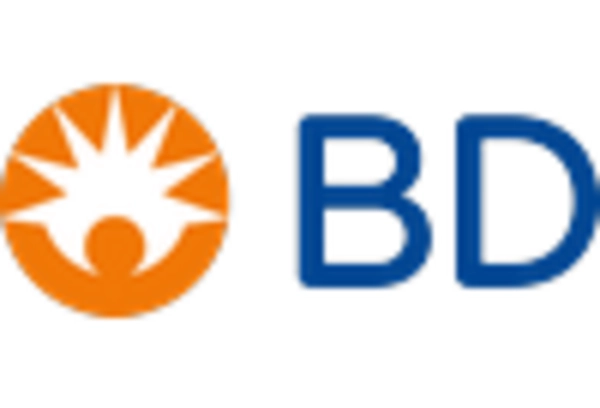
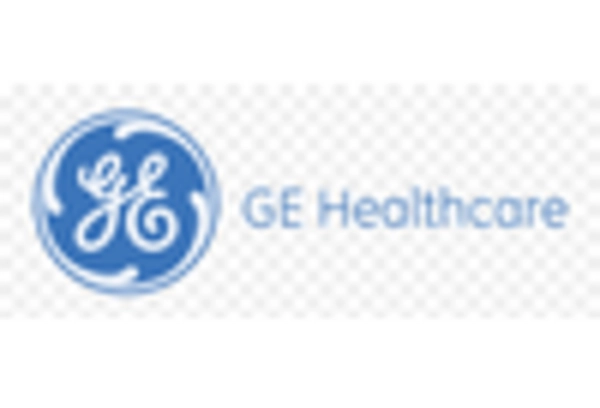
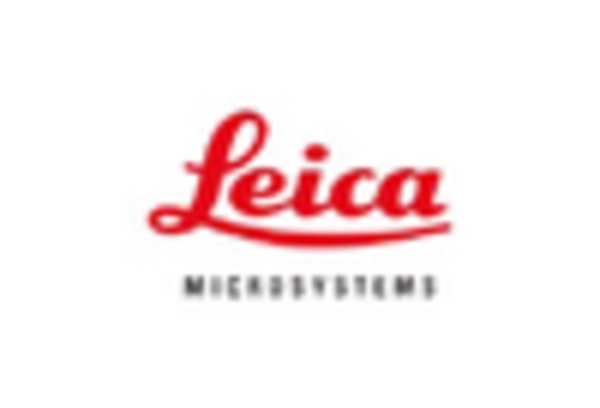
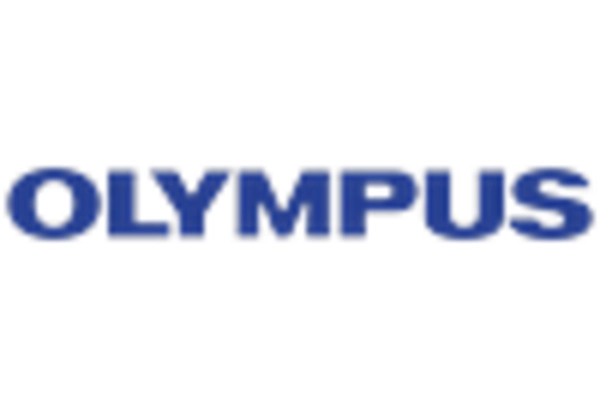
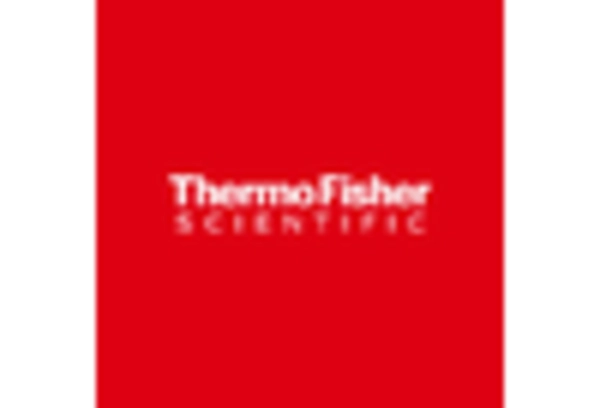
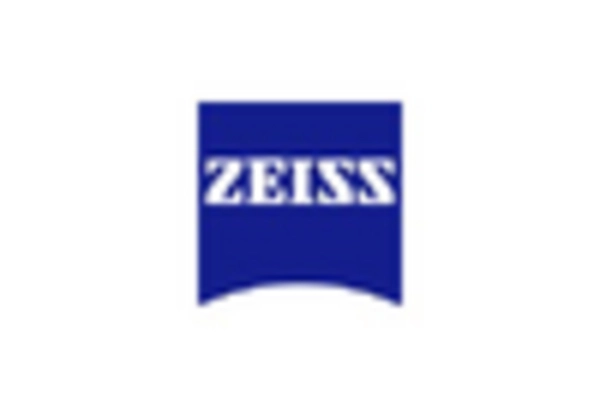








Leave a Comment